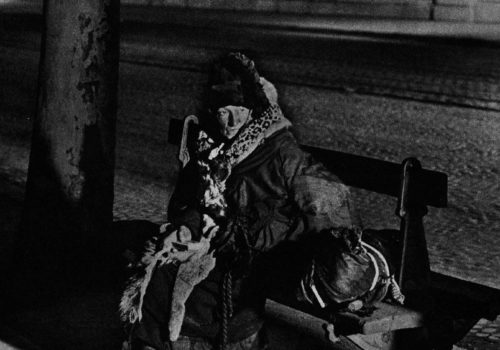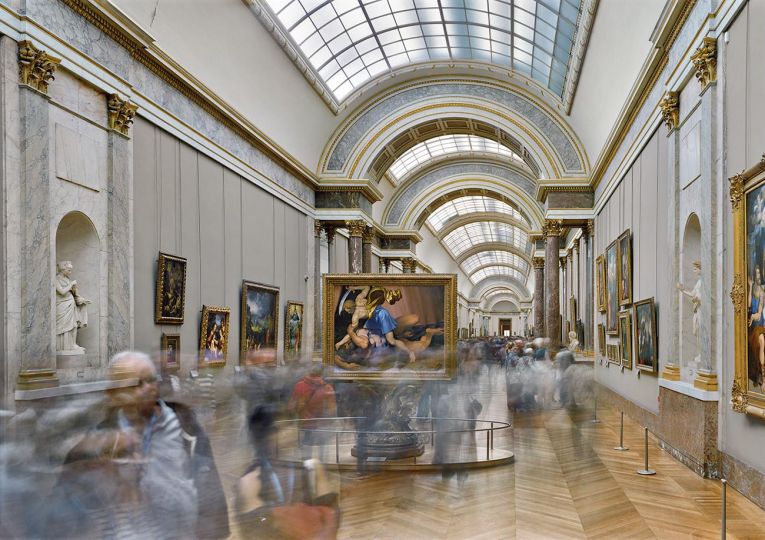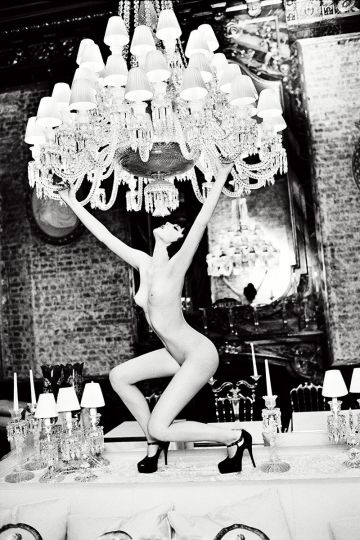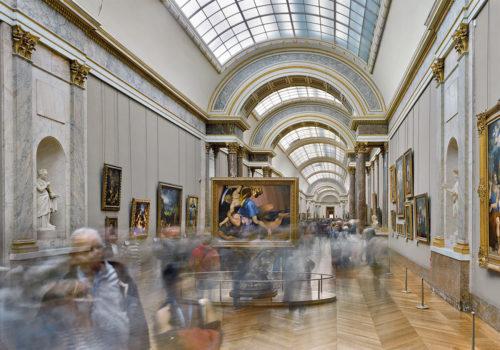I have always said that if you want to leave your mark, make a book or a building. Both impart a feeling of permanence, a touch of the eternal that exists both within and without, bringing us to a new level within ourselves. The building stands as a testament to greatness, combining our need for shelter with a structure that changes our relationship to space; once inside we become one with the creation and must align ourselves within its axes in order to feel and to be and to breathe in life.
The book stands as a witness to brilliance, combining our need for understanding with a structure that changes our relationship to our knowledge of life. The book takes us deeper inside ourselves by inviting us to enter a world that we could only know by virtue of the fact that the author created it just as so. And once we commit ourselves to this journey, we see it all the way through. And what makes a book powerful is the way in which it transforms our worldview. Not once, not twice, but with every trip. Great art never changes, but it changes us so that as we age we see it anew; we discover something fresh, because it is we that have changed, and in this the art reflects that growth.
But buildings can be destroyed and books can go out of print and the great works of mankind can vanish without record. For once the generation has passed, the knowledge disappears and at best we have a vague memory of what no longer exists. The library at Alexandria is the perfect example of death; the building that housed knowledge was burned and with it, the Western world reversed itself.
It is difficult to know if such a thing could ever recur, though it is not improbable considering everything is becoming digital. Well, not everything. There remain buildings and books and what is beautiful is when a classic returns to the shelves. Paris by Night by Brassai is such a volume, reprinted faithfully by Flammarion today. And what it is and what it does has become even more important at a time when many art and photography books have become landfill. For there is too much product and not enough market and the result is an industry suffering from overabundance and struggling to support itself.
But when a book as beautiful as Paris by Night reappears, it reminds us that the photography monograph is a work of art unto itself. Simple, elegant, understated, the production of this book allows the photographs to stand as witness to a world that is at once ephemeral and eternal—it no longer exists and yet, it does, forever more in these pages. For Brassai’s photographs are no longer a document of how we live but a dreamscape of a time that no longer exists. With the passage of some eight decades they have become an elegiac poem for the ages.
Influenced by Picasso, whom he met in 1932, Brassai moved in the circle of the Surrealists and fused their spirit into his worldview. He observed, “The surreal effect of my pictures was nothing more than reality made fantastic through a particular vision. All I wanted to express was reality, for nothing is more surreal.” Indeed. Perception is everything and it is the photographer’s point of view that defines the world through the eye recorded on paper. The cumulative effect of this view, when sequenced into a book, is a narrative, a story of humanity through the mind of just one that somehow, magically, can speak to all.
Complementing Brassai’s images is a text by Paul Morand, a beautiful and lyrical story of Paris at night that aspires to set these images within a context, a way of seeing and understanding that the work of Brassai is part of the larger human spirit. Morand’s writing is picturesque, vivid and inspired, providing the perfect linguistic counterpoint to Brassai’s visual vocabulary. The balance between image and text is what makes a photography monograph distinct from all other media.
“The soul never thinks without a picture,” Aristotle wrote. And indeed, Brassai’s photographs remind us that this is true. The single image, be it photograph or memory, stands as a symbol of knowledge, of feeling, of existence itself. It becomes the very air we breathe, the way in which we know and define ourselves and the world in which we live, yet at the same time, always pointing to something beyond the physical world. Because images are visions, both literally and figuratively. The mind works to translate these visions into a frame in which we can see ourselves. For the photograph is a mirror, not just of the world that exists but of where we stand in relationship to it.
Brassai was a master, a man who walked the path between the real and surreal, the literal and symbolic, the space that we all occupy, the interpretative mode. Paris by Night reminds us of this. The book is his story, our story, it is at once the past, present, and future of Man.
Miss Rosen
Brassai: Paris by Night
Written by Brassai, Foreword by Paul Morand
Hardcover
Flammarion, April 3, 2012
Trim Size: 10-1/2 x 12-1/4
US Price: $45.00
ISBN: 978-2-08-020099-0
















